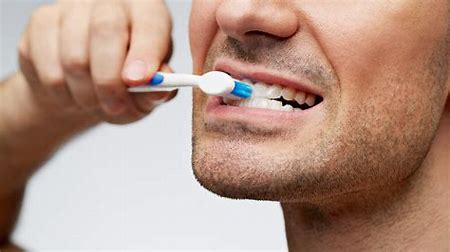Apraxia is a disorder of learned, voluntary actions resulting from neurological impairment. An often-unsuspecting cause of post stroke functional impairment which can be missed unless looked for. Seen in 1/3 of those in rehabilitation centres and nursing homes following left hemisphere stroke
People with motor apraxia after a left hemispheric (dominant) stroke often have difficulty carrying out everyday activities such as making a hot drink. Some people cannot select the right object at the right time or have difficulty using objects (such as a spoon) correctly. Other difficulties include using toothbrushes, razors, combs, and brushes or in the kitchen an inability to use forks, knives, spoons, and other household equipment. There is insufficient evidence to support or refute the effectiveness of specific therapeutic interventions for motor apraxia after stroke. However it needs identified and actions undertaken to support improvement and help improve functional outcome and independence.
| Form | Definition |
|---|
| Ideational apraxia | Initially used to refer to impairment in the conceptual organization of actions, assessed with sequential use of multiple objects. Later defined as conceptual apraxia. |
| Conceptual apraxia | Impairment in the concept of a single action, characterized by content errors and the inability to use tools. |
| Ideomotor apraxia | Impairment in the performance of skilled movements, characterized by spatial or temporal errors in the execution of movements. |
| Limb-kinetic apraxia | Slowness and stiffness of movements with a loss of ?ne, precise and independent movement of the fingers. |
| Constructional apraxia | Difficulty in drawing or copying drawings of 3D structures. Impairment in the combinatory or organizing activity in which details and relationship among the component parts of the entity must be clearly perceived. |
| Developmental dyspraxia | Disorders affecting the initiation, organization and performance of actions in children. |
| Modality-specific apraxias | Localized within one sensory system. |
| Pantomime agnosia | Normal performance in gesture production tests both on imitation and on verbal command, but poor performance in gesture discrimination and comprehension. Patients with pantomime agnosia can imitate pantomimes they cannot recognize. |
| Conduction apraxia | Superior performance on pantomime to verbal command than on pantomime imitation. |
| Visuo-imitative apraxia | Normal performance on verbal command with selectively impaired imitation of gestures. Also used to designate the defective imitation of meaningless gestures combined with preserved imitation of meaningful gestures. Optical (or visuomotor) apraxia Disruptions to actions calling upon underlying visual support. |
| Tactile apraxia | Disturbance of transitive hand movements for use of, recognition and interaction with an object, in the presence of preserved intransitive movements.
|
| Upper/lower face apraxia | Impairment in performing actions with parts of the face. |
| Oral apraxia | Inability to perform skilled movements with the lips, cheeks and tongue. |
| Orofacial (or buccofacial) apraxia | Difficulties with performing intentional movements with facial structures including the cheeks, lips, tongue and eyebrows. |
| Lid apraxia | Difficulty with opening the eyelids. |
| Ocular apraxia | Impairment in performing saccadic eye movements on command. |
| Limb apraxia | Used to refer to ideomotor apraxia of the limbs frequently including the hands and fingers. |
| Trunk (or axial) apraxia | Difficulty with generating body postures. |
| Leg apraxia | Difficulty with performing intentional movements with the lower limbs. Task-specific apraxias Gait apraxia Impaired ability to execute the highly practised, co-ordinated movements of the lower legs required for walking. Gaze apraxia difficulty in directing gaze. |
| Apraxia of speech (or verbal apraxia) | Disturbances of word articulation. |
| Apraxia agraphia | A condition in which motor writing is impaired but limb praxis and non-motor writing (typing, anagram letters) are preserved. |
| Dressing apraxia | Inability to perform the relatively complex task of dressing. |
| Dyssynchronous apraxia | Failure to combine simultaneous preprogramed movements. |
| Orienting apraxia | Difficulty in orienting one's body with reference to other objects. |
| Mirror apraxia | A deficit in reaching to objects presented in a mirror. |
| Lesion-specific apraxias | |
| Callosal apraxia | Apraxia caused by damage to the anterior corpus callosum that usually affects the left limb. |
| Sympathetic apraxia | Apraxia of the left limb due to damage to the anterior left hemisphere (the right hand being partially or fully paralyzed). |
| Crossed apraxia | The unexpected pattern of apraxia of the right limb following damage to the right hemisphere |

